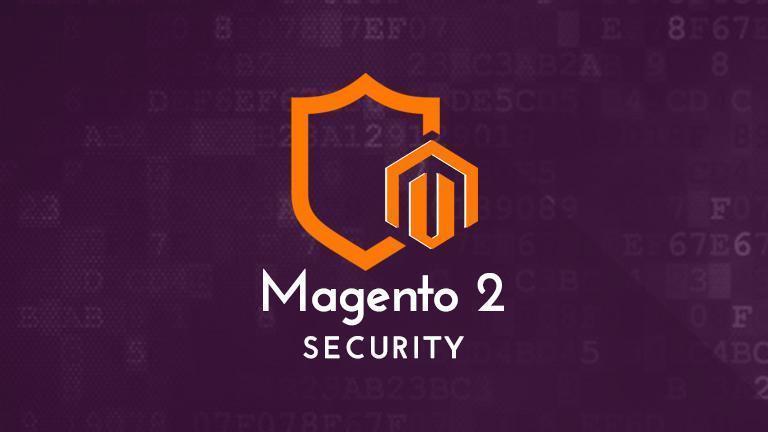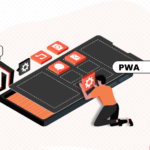Magento 2 powers over 250,000 active websites around the globe. Its features help both the user and the consumer with a seamless online shopping experience, but is it secure enough for transactions & data?
The security of a website is one of the most crucial yet often overlooked factors. This has resulted in a sharp rise in website hacking cases. It puts your confidential data & customer’s trust at risk. Data leaks hurt your business in terms of loss of information & customers.
So, how can you improve Magento 2 security? Let us go over some effective tips.
An Updated Version
As it is open-source software, anyone can work hours on it to find a crack that they can exploit. The developers over at Magento understand this threat and work tirelessly to patch every risk profile as fast as they can. It is a never-ending battle as the cybercriminals and developers work on opposite sides to achieve their goals.
The core reason you should always run the latest version of Magento 2 is that it has a comparatively lesser chance of getting breached.
Magento Scan Tool
Monitoring the increasing number of cyberattacks, Magento introduced a free service called the Security Scan.
This tool runs on both editions (commerce and open-source) and gives the user a dive into the security of their website. It spots the current problems as well as indicates any future ones. You get over 30 security tests to pinpoint the issue & find a remedy.
Use this tool occasionally to understand your shortcomings and fix them before it becomes a big issue.
Secure the Admin Panel Path
The Admin Panel holds immense power over the website and the information stored in it. Most hackers aim to brute force their way into it and we often make it possible with a mainstream admin panel path.
Secure the admin panel by making it tough for hackers to reach the login page. Most go ahead with the default, which looks similar to yoursite.com/admin. You can change this by following these simple steps-
- Log in to the Admin Panel and reach Configuration from Stores > Settings.
- Click the Advanced section and open the Admin Base URL selection tab.
- Switch on the Use Custom Admin Path & URL and enter your desired URL.
To access the new login panel from the URL of your browser, type [website name].com/[new path]
Two-Factor Authentication (2FA)
Two-factor authentication adds a layer of security to the website. It requires a combination of password and code (sent to your smartphone) to log in, making it tougher to attack.
There are four types of authenticators to choose from:
- Google Authenticator
- U2F Devices
- Duo Security
- Authy
Regardless of the one you choose, here’s how to configure it:
- From the admin panel, go to Stores > Configuration > Security > 2FA
- Switch on Two-factor authentication and choose your desired authenticator.
- Enable it to ‘Trust this Device’ and you are ready.
SSL (Secure Sockets Layer) Certificate
An online criminal could intercept the digital information shared between your customer and you. This would not only violate their faith in you but could leak their personal or, worse, credit/debit card details.
SSL certificate encrypts the data by scrambling it in a way that only the two involved browsers can understand. The information will be rendered useless even if a hacker gets their hands on it.
Post addition, the http:// prefixing your website changes to https:// accompanied by a small lock with site information. To configure it, go in the admin panel, go to Stores > Configuration and check the ‘Use Secure URLs’ box.
A Reliable Password
This could seem elementary, but according to dataprot.net, it takes a meagre 10 minutes to hack a 6-character long, lowercase password.
Come up with a password that has a combination of capital letters, small letters, numbers and special case elements. Avoid using your personal information (like name or birthdate) and do not use the same passwords for multiple sites.
For better security, each Admin must have their passwords to access the panel. This helps track the login activity of everyone, making it easy to identify any other login attempts.
Conclusion
Speed up securing using security extensions like Security Suite, MageFence, and Watchlog. Here are a few more Magento 2 extensions to boost your site.
Need an experienced Magento 2 development team to secure your site? Contact us now!



